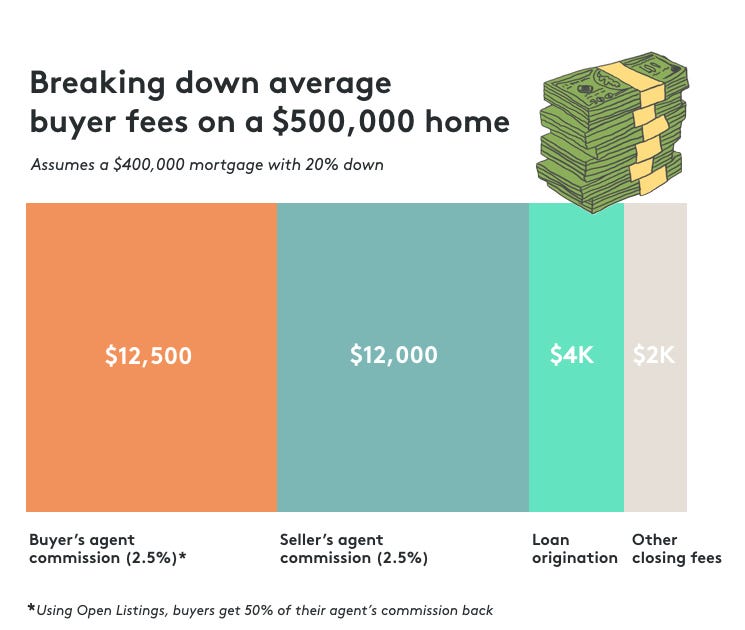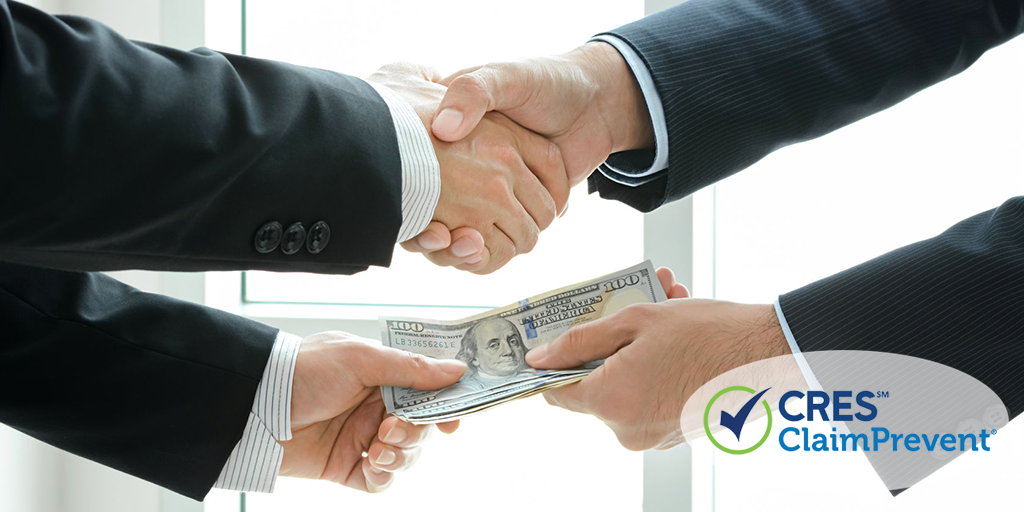Many Americans may be worried about a real estate market crash. They are concerned about the unanticipated impact of the COVID-19 pandemic on real estate prices. At first, the 2020 stock market crash worsened those fears, as home sales toppled. Then, real estate sales unexpectedly turned up, hitting brand-new highs. Individuals who were captured in the 2008 monetary crisis might be spooked that the pandemic will lead to another crash.
According to an interview with Selma Hepp, deputy chief economist at Corelogic, "There is not the exact same oversupply of homes this time. Rather, there is an undersupply." The finest way to forecast a crash is to look for these 10 warning indications. A few of these have taken place, but lots of have not.
If all 10 happen in a fast style, then a crash is more most likely. Property bubble burstsIncrease of unregulated mortgagesRapidly rising interest rates Inverted yield curveChange to the federal tax code Return to dangerous derivativesGreater number of house flippersFewer cost effective homes Increasing sea levelsWarnings from officials There are 10 signs of a real estate market crash.
They are when a possession bubble bursts, unregulated mortgages increase, rates of interest rise rapidly, the yield curve inverts, and Congress alters the federal tax code. The other 5 indications might add to a crash, but are less critical. They how much is a timeshare include a greater number of house flippers, cautions from experts, fewer inexpensive homes, and a go back to risky derivatives.
Most crashes occur after an property bubble has burst. One indication of a possible bubble is rapidly increasing home sales. In February, existing house sales reached a pre-pandemic peak. Homes were selling at an annual rate of 5. 76 million a year. That all altered after the national emergency situation was declared.
The Ultimate Guide To How To Invest In Real Estate With Little Money
91 million systems in May. Surprisingly, the pandemic then boosted house sales. Families that might vacate crowded cities headed to less largely populated locations. Those who worked at home also desired larger spaces. Thanks to the Fed's actions, interest rates were at 50-year lows. This further stimulated demand.
86 million homes. By October, it had progressed to 6. 86 million, beating the pre-pandemic peak. House costs likewise suggest a real estate bubble. The pandemic hasn't slowed house rates at all, Rather, they have actually skyrocketed. In September 2020, they were a record $226,800, according to the Case-Shiller House Rate Index. The pandemic has produced high unemployment rates.
However that is unlikely to impact the real estate market in 2021, according to Hepp. "The foreclosures that do happen in 2020 or 2021 will not affect the market up until 2022," she stated. "It will take that long for the houses to go through the foreclosure procedure and affect the market." Another issue is when the number of uncontrolled mortgage brokers boosts.
5% of all loans. That's up from 53. 6% of in 2018. 6 of the 10 largest home loan lenders are not banks. In 2018, five of the top 10 were unregulated. Unregulated home loan brokers don't have the exact same federal government oversight as banks (what is an encumbrance in real estate). That makes them more vulnerable to collapse if the housing market softens again.
That slows house structure and reduces supply - what is earnest money in real estate. It also slows financing, which cuts down on demand. In general, a sluggish and consistent interest rate increase will not produce a catastrophe. But quickly rising rates will. The Federal Reserve has reduced interest rates to absolutely no to assist businesses during the coronavirus pandemic. As an outcome, mortgage interest rates have dropped to tape-record lows.
How To Become A Real Estate Agent In Georgia for Dummies
Higher interest rates preceded the real estate collapse in 2006. Lots of borrowers then had interest-only loans and variable-rate mortgages. Unlike a traditional loan, the rates of interest with those rise along with the fed funds rate. Many also had introductory teaser rates that reset after 3 years. When what is a floating week in timeshare ownership the Federal Reserve raised rates at the very same time they reset, customers discovered they could no longer afford the payments.
As an outcome, default rates increased. The history of the fed funds rate exposes that the Fed raised rates too fast between 2004 and 2006. The top rate was 1. 0% in June 2004 and doubled to 2. 25% by December. It doubled again to 4. 25% by December 2005.
25%. The Fed has actually raised rates at a much slower pace given that 2015. An alerting sign for the realty market is when theyield curve on U.S. Treasury keeps in mind inverts. That's when the interest rates for short-term Treasurys become greater than long-term yields. Typical short-term yields are lower since financiers do not require a high return to invest for less than a year.
That plays havoc with the home mortgage market and often indicates a recession. The yield curve briefly inverted in February and March 2020. On March 9, 2020, the yield on the 10-year note fell to 0. 54% while the yield on the one-month bill rose to 0. 57%. The curve later went back to a normal shape.

18, the yield on the 10-year note was 0. 95% while that on the one-month expense was 0. 8%. The yield curve inverted before the economic downturns of 2008, 2000, 1991, and 1981. The real estate market responds significantly when Congress changes the tax code. Initially, numerous thought that the Tax Cuts and Jobs Act (TCJA) could have an unfavorable effect on housing.
Not known Factual Statements About How To Get Real Estate License In Texas
As a result, they couldn't take advantage of the mortgage interest deduction. Because of that, the realty industry opposed the TCJA. Research has shown ever since that the tax modifications had little impact on the housing market. Reduction in house purchases by middle-income families who took the basic reduction was offset by other income groups.
High-income households continued utilizing itemized reductions. Other tax cuts also made them more able to buy brand-new houses. The property market might collapse if banks and hedge funds returned to buying risky financial items to the read more degree they performed in 2007. These derivatives were a significant reason for the monetary crisis.
In time, the MBS ended up being a bigger business than the mortgages themselves. So, banks offered mortgages to almost anyone. They needed them to support the derivatives. They sliced them up so that bad home mortgages were concealed in bundles with excellent ones. Then, when borrowers defaulted, all the derivatives were presumed of being bad.
Home flipping played a significant role during the 2008 economic downturn. Speculators bought houses, made moderate enhancements, and sold them as prices continued rising. In 2006, flips made up 11. 4% of house sales. Turning has slowed significantly. In the third quarter of 2020, 5. 1% of all house sales were purchased for fast resale.
7% of sales in the second quarter of 2020. It's also lower than the post-recession high of 7. 2% in first-quarter 2019. The decline in turning is due to the decreased inventory of housing stock. At the same time, turning has actually become more rewarding. Attom Data Solutions reports that the pandemic's effect on turning is contradictory and challenging to anticipate.

Some Ideas on How Much Do Real Estate Appraisers Make You Need To Know
A flourishing housing market sends out house rates increasing. Another indication of a real estate bubble is that the accessibility of inexpensive housing shrinks. Real estate growth overtakes earnings development. what is a cma in real estate. There are signs that this is occurring. In 2017, only 39. 1% of rentals throughout the country were cost effective for low-income families.